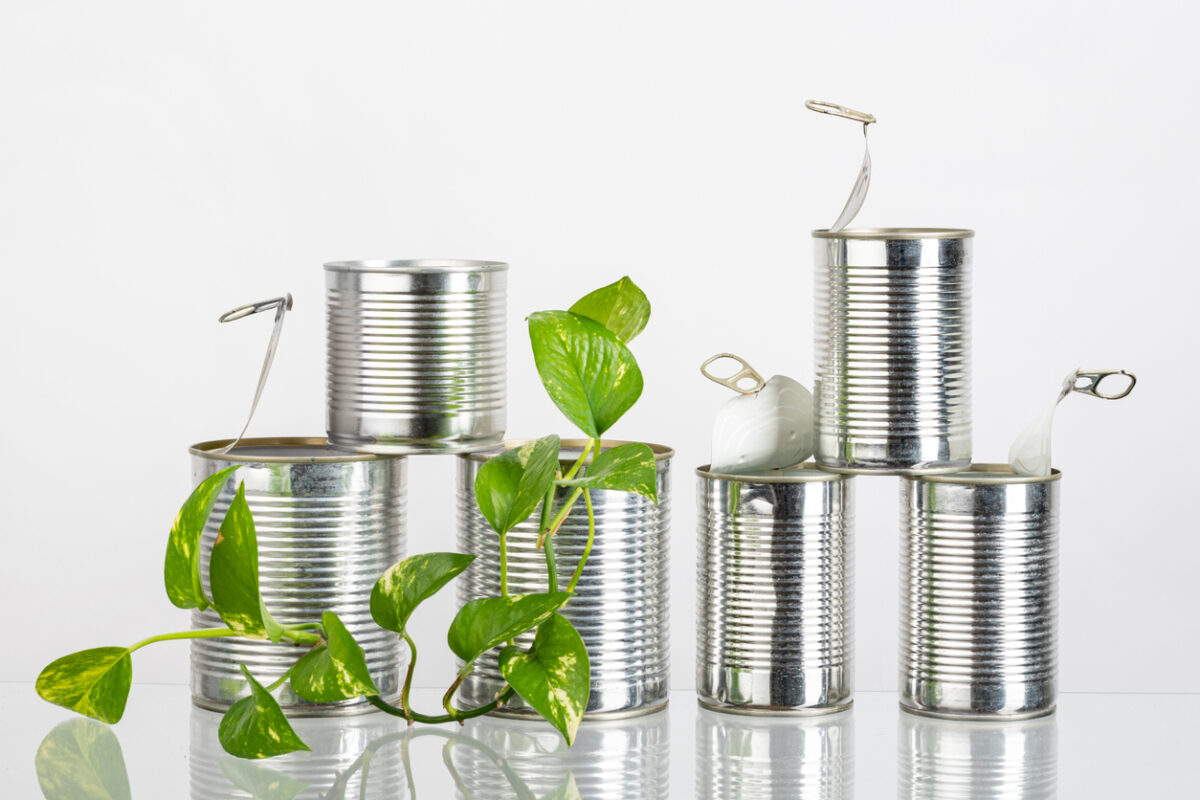In an era where sustainability is at the forefront of global discourse, the question of why plastics are not eco-friendly has become increasingly pertinent. While plastics have revolutionized industries and daily life through their versatility and durability, their environmental implications are profound and multifaceted. This article delves into the reasons behind the eco-unfriendliness of plastics, exploring their lifecycle, ecological consequences, and potential solutions.
The Lifecycle of Plastics: From Production to Disposal
To understand why plastics are not eco-friendly, we must first examine their lifecycle. The production of plastics begins with the extraction of fossil fuels, primarily oil and natural gas. This process is not only energy-intensive but also contributes significantly to greenhouse gas emissions. According to the International Energy Agency (IEA), the petrochemical sector, which includes plastic production, is responsible for approximately 14% of global greenhouse gas emissions.
Once produced, plastics are often used for a short duration before being discarded. The durability that makes plastics so appealing also means they do not decompose easily. Traditional plastics can take hundreds of years to break down, leading to the accumulation of waste in landfills and natural environments. The United Nations Environment Programme (UNEP) estimates that around 300 million tons of plastic waste are generated annually, with a significant portion ending up in oceans, rivers, and other ecosystems.
Ecological Consequences: The Ripple Effect
The environmental impact of plastics extends far beyond their physical presence. Marine life is particularly vulnerable to plastic pollution. According to a study published in the journal Science, over 800 species are affected by marine debris, with many ingesting plastic or becoming entangled in it. This not only threatens biodiversity but also disrupts food chains and ecosystems.
Furthermore, plastics can leach harmful chemicals into the environment. Many plastics contain additives such as phthalates and bisphenol A (BPA), which are known endocrine disruptors. When plastics break down into microplastics—tiny particles less than 5mm in size—they can be ingested by marine organisms, entering the food chain and potentially affecting human health. Research has shown that microplastics have been found in seafood, drinking water, and even the air we breathe.
The Socioeconomic Dimensions of Plastic Pollution
The issue of plastics is not solely an environmental one; it also has significant socioeconomic implications. Developing countries often bear the brunt of plastic pollution, as they may lack the infrastructure for effective waste management. This leads to increased health risks for communities, particularly in areas where plastic waste clogs waterways and contributes to flooding.
Moreover, the economic costs associated with plastic pollution are staggering. The World Economic Forum estimates that plastic pollution costs the global economy $13 billion annually in environmental damage. This figure does not account for the long-term impacts on biodiversity and ecosystem services, which are invaluable to human survival.
Towards a Sustainable Future: Potential Solutions
Addressing the eco-unfriendliness of plastics requires a multifaceted approach. First and foremost, reducing plastic production and consumption is crucial. This can be achieved through policies that promote alternative materials, such as biodegradable plastics and plant-based materials. Governments and industries must collaborate to develop sustainable packaging solutions that minimize plastic use.
Additionally, enhancing recycling efforts is vital. Currently, only about 9% of plastic waste is recycled globally. Improving recycling technologies and infrastructure can significantly reduce the amount of plastic that ends up in landfills and oceans. Public awareness campaigns can also play a critical role in encouraging responsible consumption and disposal practices.
Finally, supporting innovation in waste management technologies can help mitigate the impact of existing plastic waste. For instance, advancements in bioremediation—using microorganisms to break down pollutants—show promise in addressing plastic pollution in marine environments.
Conclusion: A Call to Action
The question of why plastics are not eco-friendly is complex, rooted in their production, usage, and disposal. As we navigate the challenges posed by plastic pollution, it is imperative that individuals, industries, and governments work together to foster a more sustainable future. By understanding the ecological consequences of plastics and implementing effective solutions, we can begin to unravel the plastic paradox and protect our planet for generations to come.



